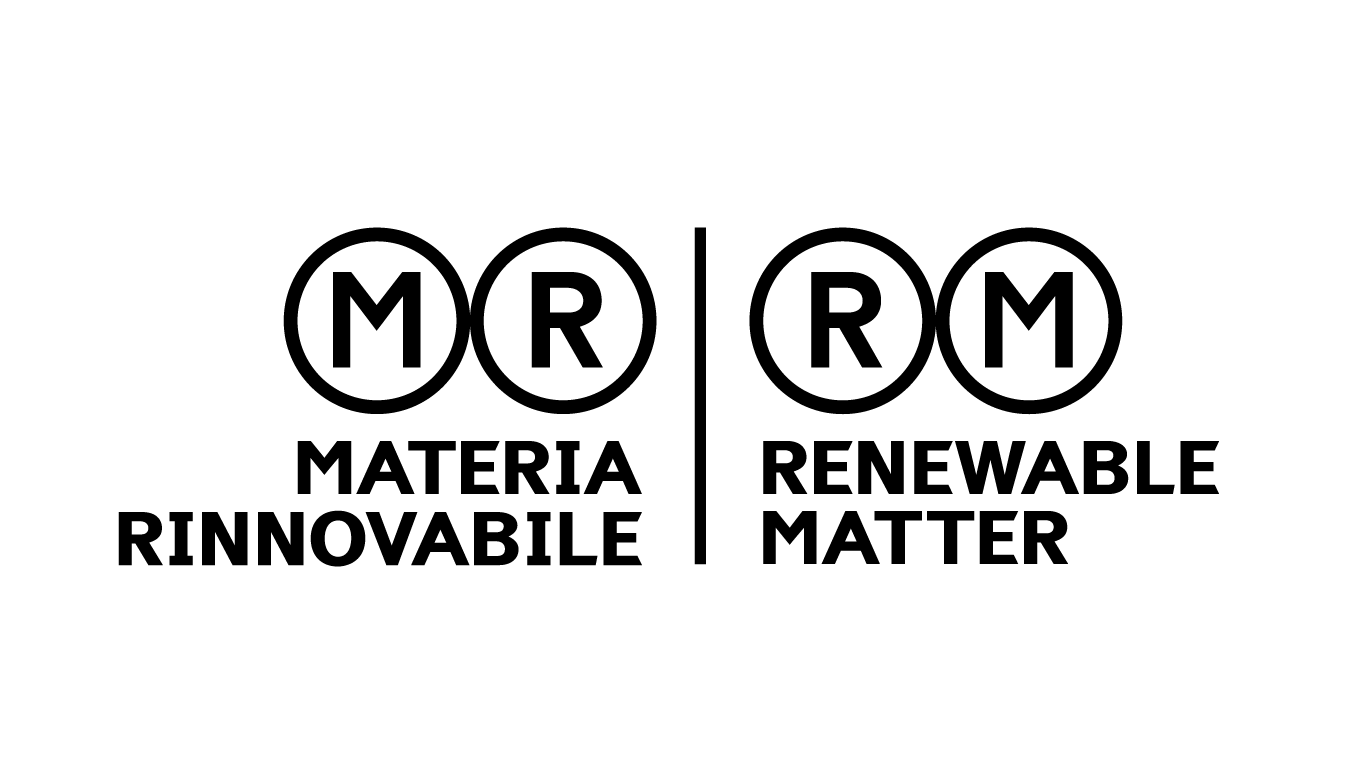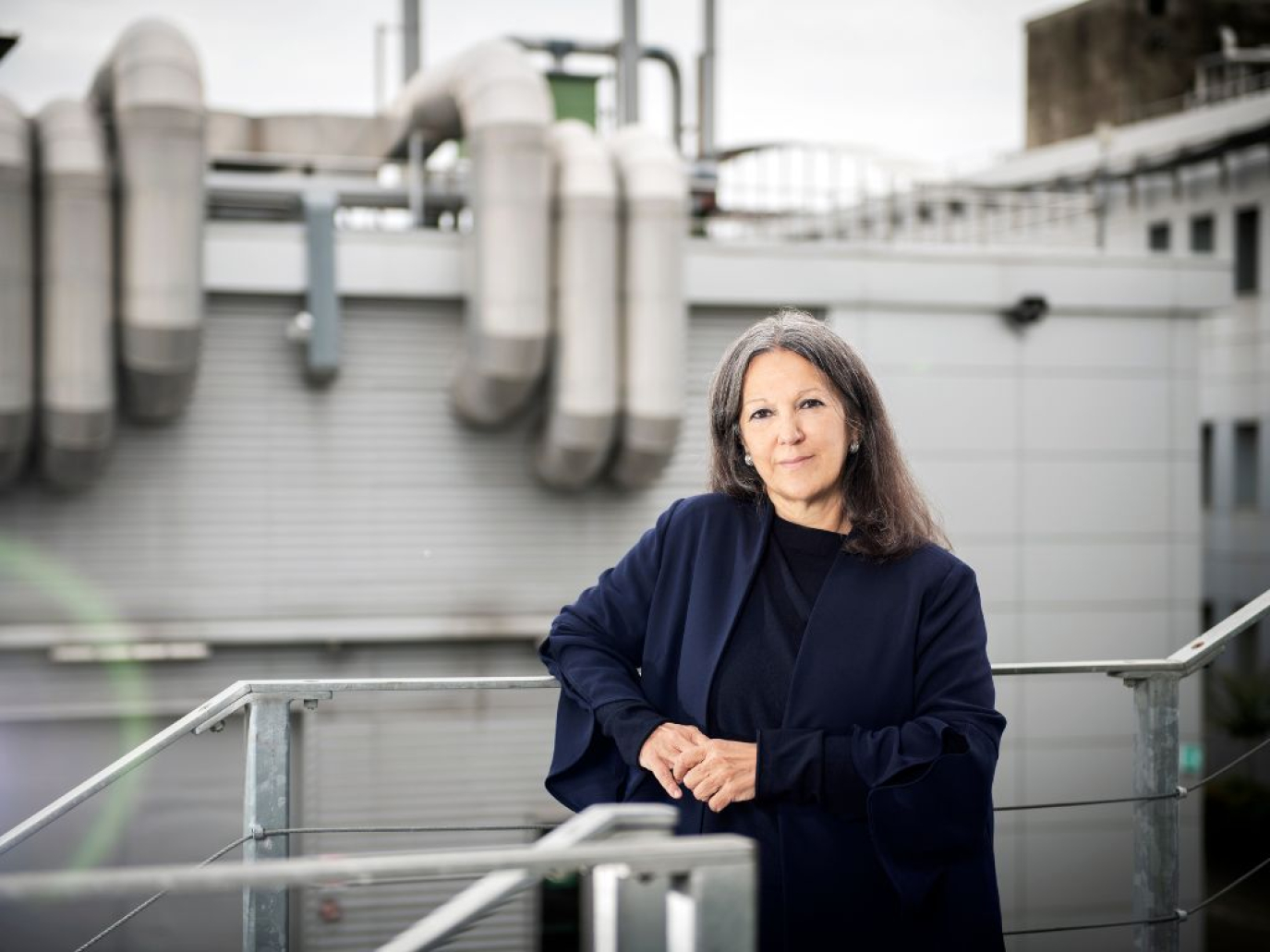
Europe is awaiting a new strategy for the bioeconomy. According to a number of sources at Renewable Matter, a draft document is expected to be submitted at the end of November in Copenhagen, Denmark, holding the current presidency of the EU Council until the end of the year.
The document is expected to cover all aspects, including not only products but also all stakeholders, from raw material sourcing to new applications. But above all, it will hopefully form the basis for new regulatory and legislative initiatives to boost the sector, also taking advantage of the new European budget for 2027-2034, strengthening the European chemical and materials sector. And there is no one more competent and knowledgeable on the subject of the bioeconomy than Catia Bastioli, president of Spring - Italian Cluster for the Circular Bioeconomy, with whom Renewable Matter wanted to take stock of the situation.
“A circular bioeconomy rooted in local areas is essential at times like these, against the current geopolitical backdrop, as this dire situation further highlights the problem of resource scarcity, the need to increase the level of self-sufficiency in Europe and in our country, and the necessity of boosting the resilience of local areas and our soils to make them more resistant to the extreme phenomena of climate change and problems of pollution, erosion, desertification, as well as the increased risks to our health and the loss of biodiversity,” explains Bastioli.
Europe is lacking a legislative framework
“Unfortunately, the European and member state legislative systems and governments are still affected by the silo structures typical of the linear economy and cannot keep pace as they are top-down and only recognise what already exists,” explains Bastioli. “The lack of institutional systemic governance is one of the main reasons for the gap that has formed between the generated potential and the ability to exploit it. Despite innovation, public and private investment already in place, and the potential for decarbonisation that has been created, Europe still lacks a legislative framework that truly supports the momentum of this sector. The problem is that all the experience and case studies seem to have no effect in Europe: on the contrary, there is a noticeable continuous deterioration of the situation.”
Bioeconomy in Italy
Meanwhile, Italy will play its part in contributing to the work on the new strategy. In 2024, the bioeconomy in Italy reached a production value of €426.8 billion, employing around 2 million people. These figures rise to €3,042 billion across the European Union as a whole, with 17 million people employed. These are hopeful figures from the eleventh Report on the bioeconomy in Europe produced by Intesa Sanpaolo, in collaboration with the Italian circular bioeconomy cluster Spring.
Italy is specialised in this meta-sector, accounting for 14% of the EU27, a higher percentage compared to the total for all economic activities (12.4%). However, there is still considerable room for growth.
“In Italy, we have built industrial demonstrators with a circular logic, rooted in the territory, that in some spheres have reached national and European dimensions,” continues Bastioli. “Products have been developed that, through their biodegradability and compostability, contribute to solving specific environmental, economic and social problems, preventing accumulation in soil and water. These bioproducts – such as bioplastics, bio-lubricants, bio-herbicides and biodegradable cosmetic ingredients for detergents – if used in tangible local projects involving stakeholders and communities, can transform business as usual into an opportunity for cultural growth, essential for a change in the development model. New technologies, along with biotechnological and chemical processes, were used to transform deindustrialised sites in Italy into biorefineries, research centres, innovation hubs and start-ups, thus safeguarding jobs, avoiding land consumption and enhancing existing know-how. Based on the recommendations of the Soil Health & Food mission, now EU Deal for Europe, initiatives to support soil health and regeneration and promote lighthouses have been launched in Italy, such as the ReSoil Foundation and the Illy Foundation, for example.”
How can the development of European clusters in the circular bioeconomy be promoted, then? “State-of-the-art biomanufacturing plants, for example, are considered merely chemical plants, while they are in fact essential infrastructure for the circular bioeconomy, in areas that feed local supply chains. As a cross-cutting sector, the bioeconomy must be coherently incorporated into all regulations, directives and strategies. Its substantial contribution to achieving climate and waste objectives, meanwhile, must be recognised and incentivised, ensuring that bio-based materials meet the same standards as all others,” explains the President of Spring.
Full recognition of the bioeconomy is necessary
A full recognition must be built on several initiatives. “The first is to have specific statistical codes for biorefineries and related bioproducts, helping to distinguish the uniqueness of the sector and overcome regulatory barriers that currently limit the use of secondary raw materials,” she adds. “Next, we need to formally recognise and integrate the role of bio-based products in decarbonisation into legislation, via incentives and obligations for bio-based content, particularly where innovative products can drive significant transformations in production, use and end-of-life management.”
Furthermore, promoting the sustainable use of biomass; advocating for products that preserve natural capital by avoiding accumulation in the soil and protecting ecosystems in the event of accidental release, as well as supporting the collection and treatment of organic waste. “In Europe, the next evolution of the Packaging and Packaging Waste Regulation will be crucial, with Member States expected to adopt relevant legislation by August 2026.”
So it is time to call for full recognition of the bioeconomy, biorefineries and related bioproducts as a pillar of regeneration and decarbonisation. “In this respect, ahead of the review of the Bioeconomy Strategy, our cluster is actively working to define a shared position in response to the survey,” concludes Bastioli.
“We are also taking part in defining the position of the National Coordination Group for the Bioeconomy, in order to best represent the needs and priorities of the entire ecosystem. With the imminent launch of the EU Clean Industrial Deal, we face a pivotal moment. This is the context for the work of the EU Bioeconomy Clusters' Alliance, an initiative strongly supported by our SPRING Cluster. To date, 14 clusters from 11 countries have joined the alliance, working in synergy with established networks such as the Bio-based Industries Consortium, the Biosolutions Coalition and other European organisations. As a transversal sector, the bioeconomy is expected to be at the centre of the transition and the focus of multiple policy areas. Therefore, we actively encourage regional projects, connecting existing technologies, as they are critical drivers of change, involving local communities and society as a whole.”
Cover: Catia Bastioli



